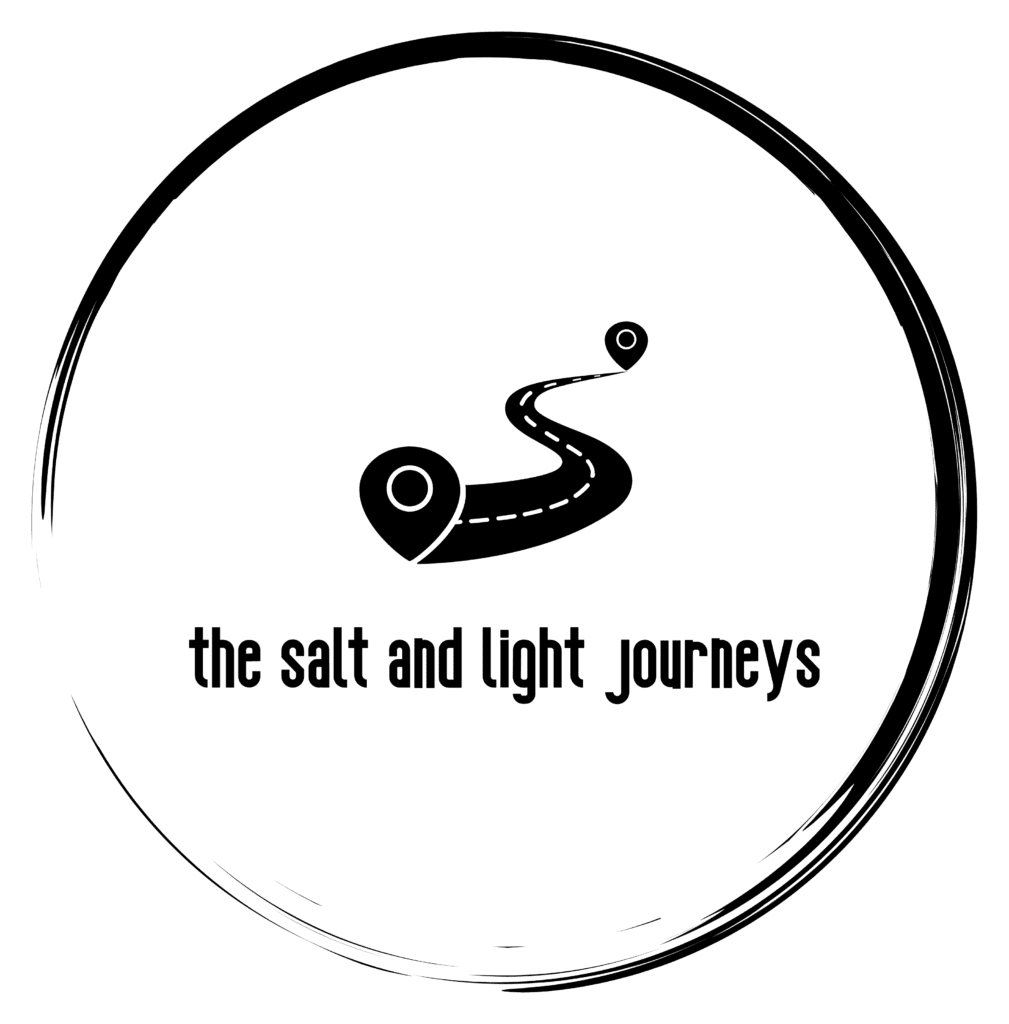Learning To Fly
Toward the end of our visit to northeast North Carolina, we took a day trip out to the Outer Banks with a specific location in mind, the Wright Brothers National Memorial and Museum.
We first visited the museum building itself, which includes displays telling the story of Wilbur and Orville Wright. After learning about their family, childhood, and interests growing up, I learned a couple of surprising and interesting facts.
- A toy helicopter their father gave them as children, sparked the brothers interest in flying. They played with it until it broke, then made one themselves.
- They first started with a bicycle repair and sales shop in Dayton, OH (The Wright Cycle Company), manufacturing their own brand beginning in 1896.
From cycling, the brothers made a connection to the concept of flying. They based their ideas on the way the body turns and leans to balance a bicycle. Couldn’t this be employed to control a flying machine?
As the brothers continued to research and pursue their passion to fly, they observed the flight of birds realizing there is a slight twisting of a bird’s wings to maintain control and provide lift. Their efforts would focus on developing a fixed wing to replicate this. These concepts and realizations led to many experiments. First, they engineered several prototype model kites to develop a working wing design; then later an engine to power it, propellers for thrust, and finally a control system for balancing and steering. The majority of the museum details these steps and efforts, documenting how they reached the moment of manned flight.
To me, the coolest part of the museum is the display of a full-sized replica of the machine they ultimately invented. To see what it looked like up close is amazing and a little humbling. After flying in modern airplanes, it’s hard to imagine climbing onto this contraption with the intention of leaving the ground. They were truly brave men. The original machine is appropriately on display at the Smithsonian National Air and Space Museum in Washington, DC.
Kitty Hawk was a very remote, sparsely populated, and undeveloped location in the late 1800s/early 1900s, not today’s modern tourist destination. So the question arises, why there? In order to test the prototype kites, Wilbur and Orville wanted a place with strong winds, sand dunes (for soft landings) and wide open spaces. This barrier island was a perfect place to provide all three. Therefore, the brothers made the journey from Dayton, Ohio, via train, boat and on foot, shipping the equipment ahead.
For several years between 1900 and 1903, they tested and adjusted designs, facing failures over and over, but believing they were so close to success. During a time of discouragement, Wilbur is invited to speak at a meeting of the Western Society of Engineers. He attends reluctantly but quickly realizes, he and Orville know more about aviation than anyone in the audience. This restored his confidence.
After refining their ideas, the first attempt at manned flight is a failure when Wilbur pulls up too fast, stalling the machine and causing it to crash. It took three days to repair the damage.
Finally, on the cold morning of December 17, 1903, based on the luck of a coin flip, Orville climbs aboard the recently invented “Wright Flyer”. The machine is launched down a rail, and lifts off the ground – a man is actually flying, under control, for the first time.
The brothers would make three additional controlled flights that morning, alternating manning the machine between each launch. Each flight was a little more successful, the longest, and final flight being a distance of 852 feet that lasted for 59 seconds.
We left the museum building and proceeded out to the sandy field where these events took place. There is a section of rail set in the location the “Wright Flyer” was positioned, and then a progression of five stone monuments. A path proceeds down along the stones into the distance. Misty and I took the time to walk along that path, and I felt the thrill of walking in the exact place Wilbur and Orville accomplished their amazing feat.
The first large marker is the spot where Orville first lifted off, and each marker down the path identifies the spot of the four landings. The final marker being the last and longest of the flights. By walking to that marker and looking back, I was able to experience just how far they had come with a technology that had never existed before that moment.





After our visit, I reflected on the fact that not only would modern flight not be possible without men like Wilbur and Orville Wright, but neither would space flight or walking on the moon. The passion these men had for overcoming an obstacle most thought was fantasy, has given us the ability to quickly be anywhere in our beautiful world and to reach for the stars.
One final interesting fact about our visit has to do with the place we ate lunch prior to visiting the Wright Brothers Museum. The restaurant we had chosen, the Black Pelican Restaurant, had been the Kitty Hawk Weather Station in 1903. It was from this location that the brothers sent a telegram home to their father announcing their success. This was the first communication of manned flight to the world.













